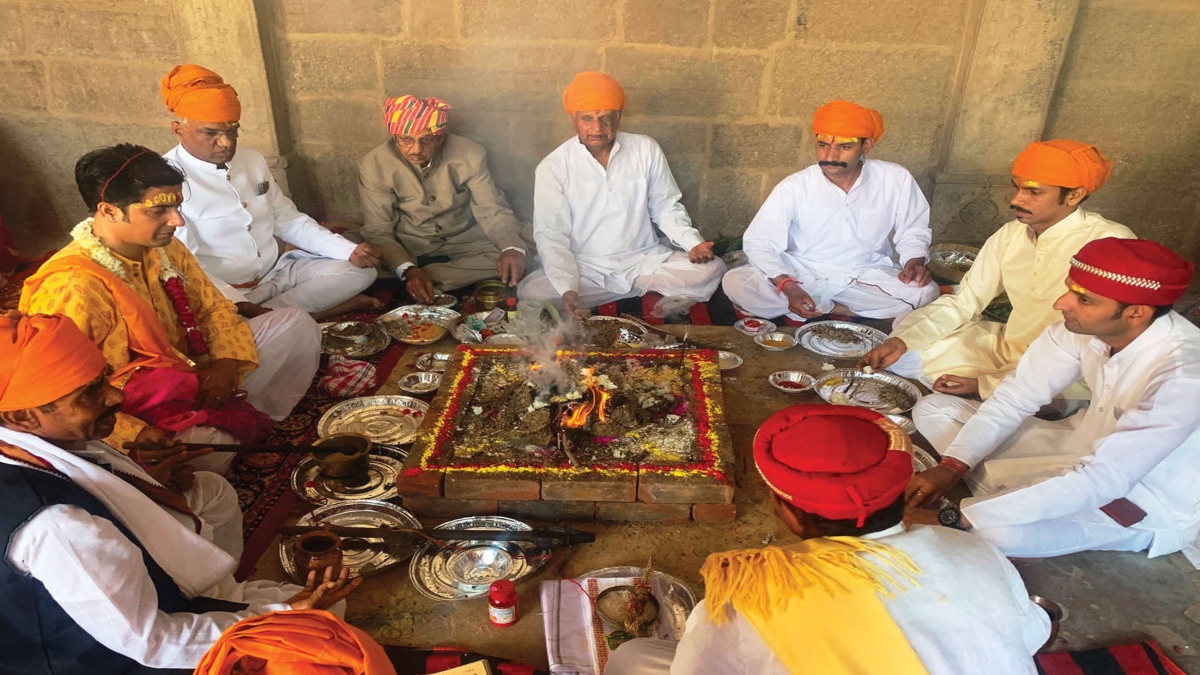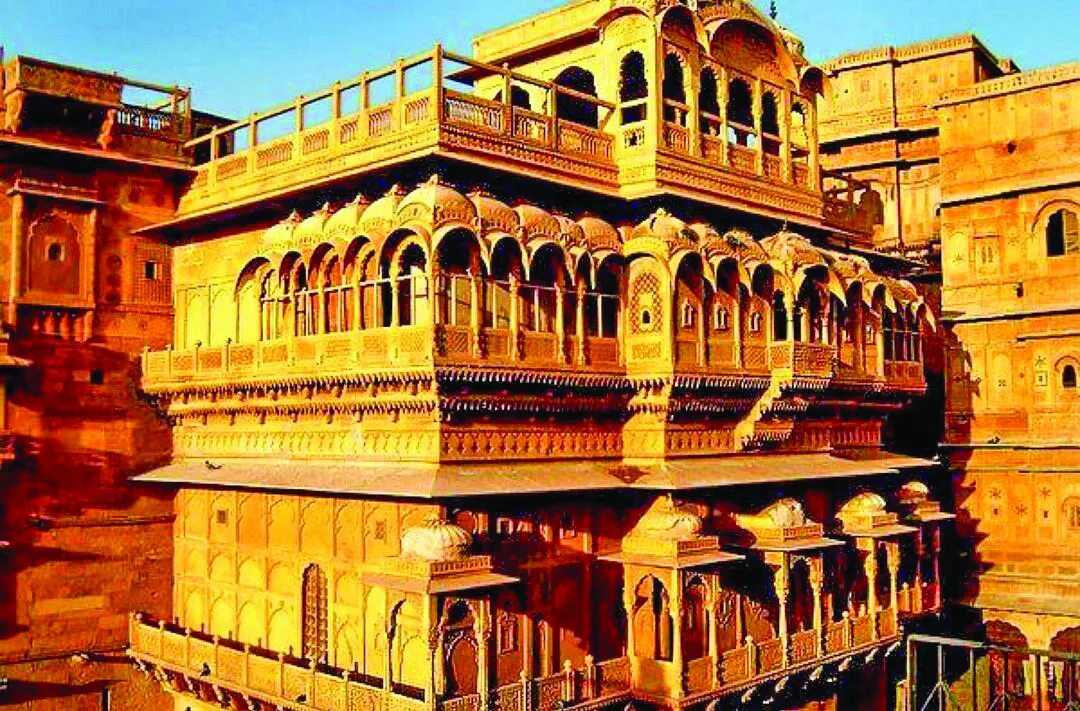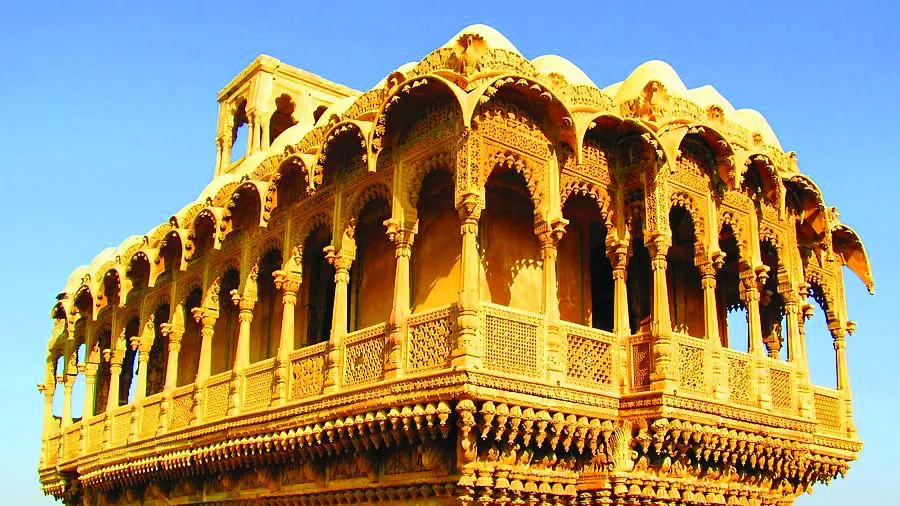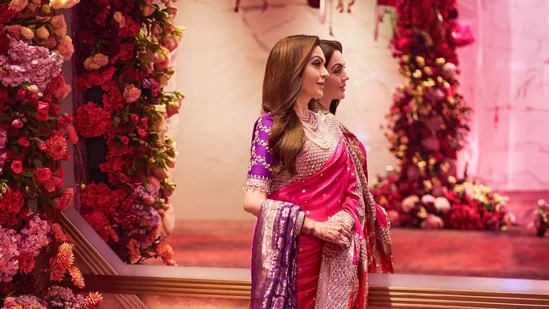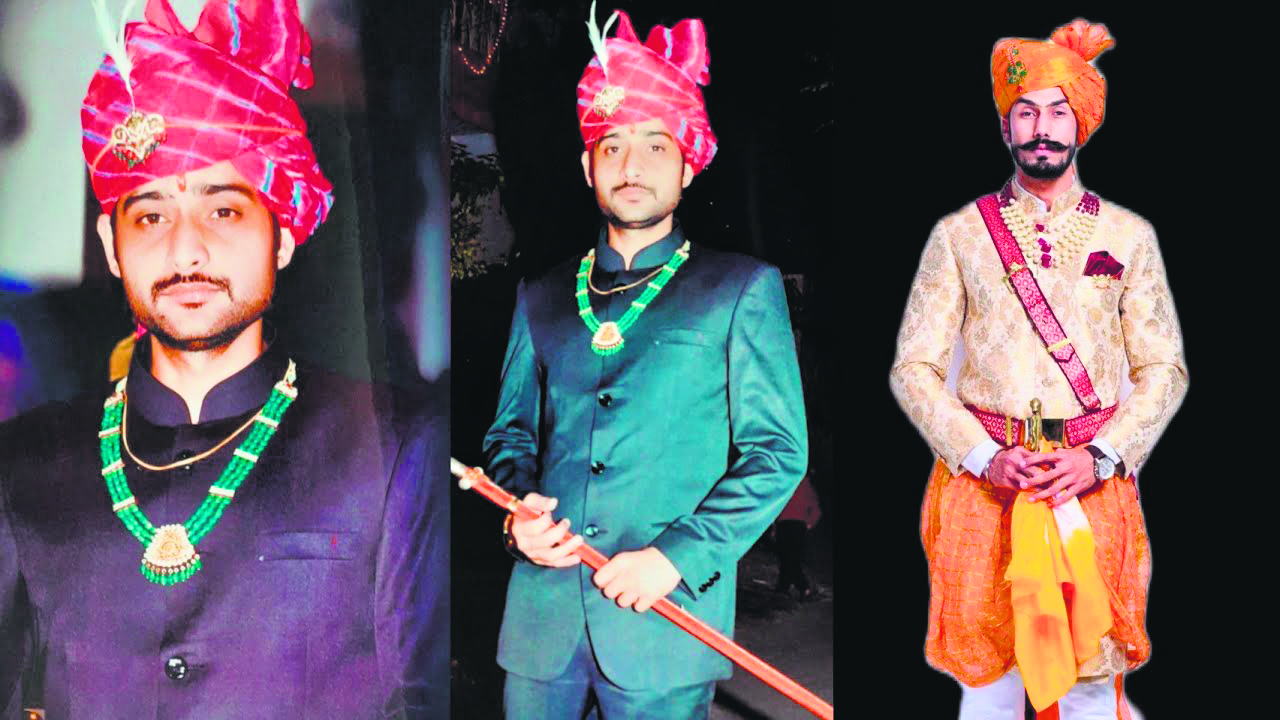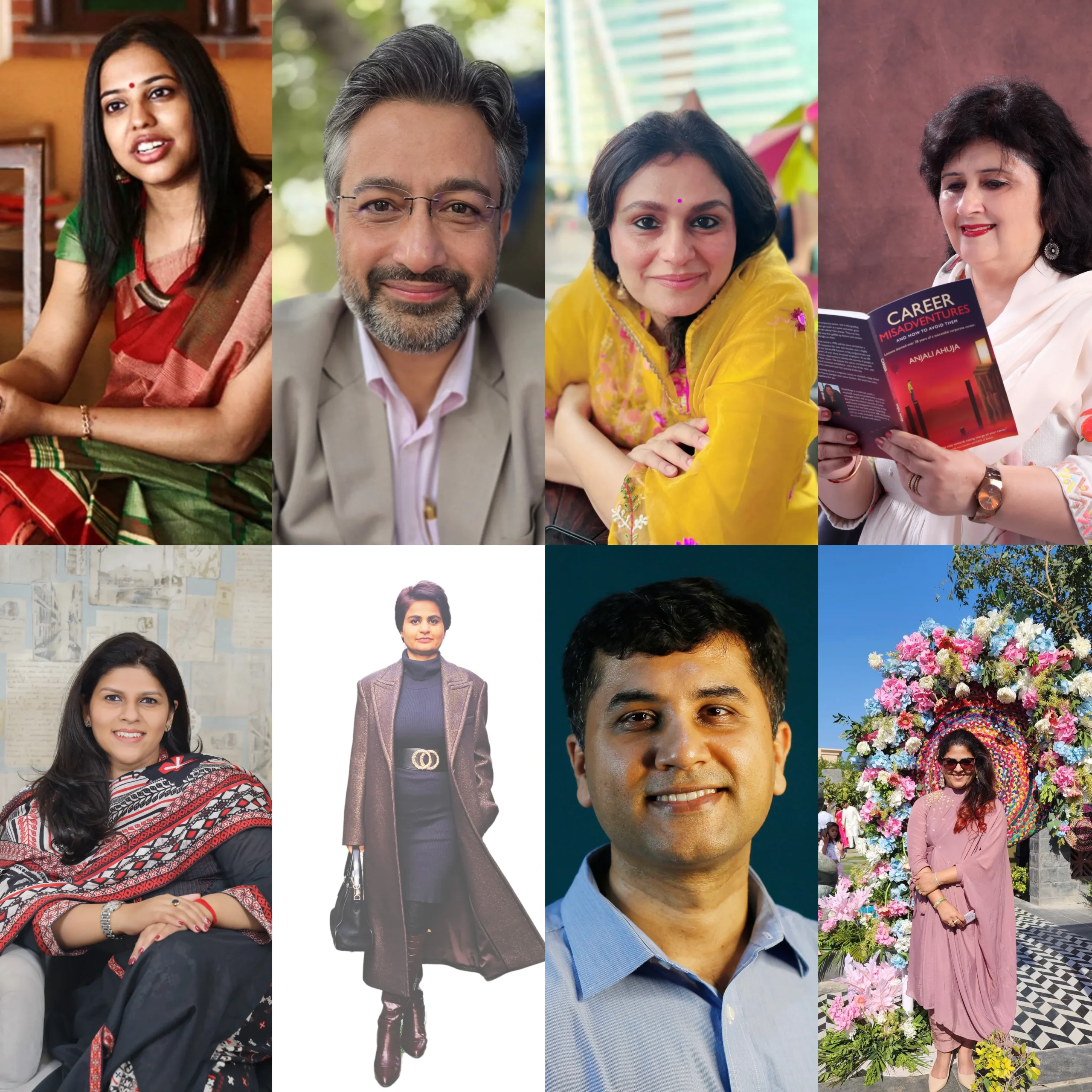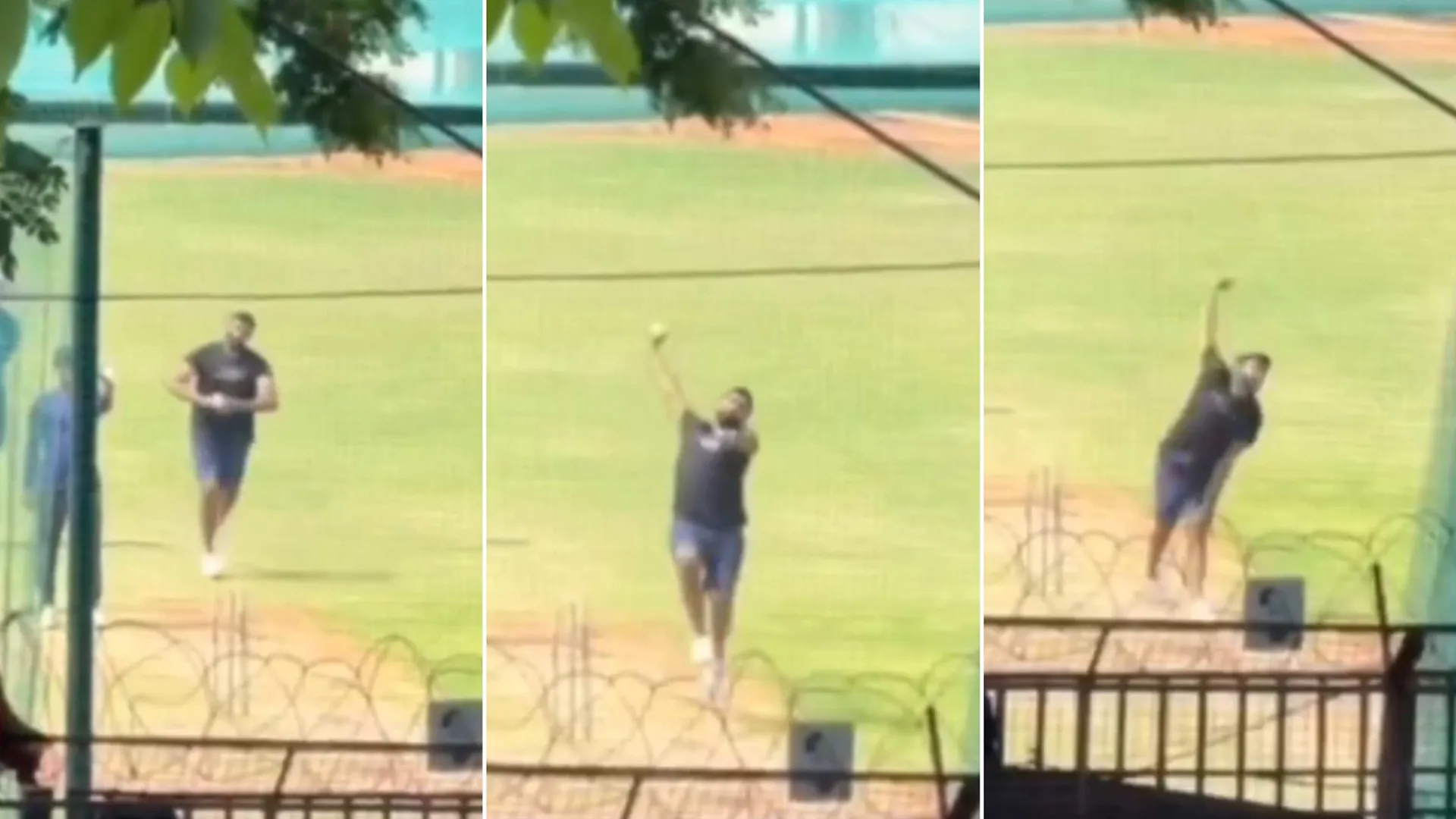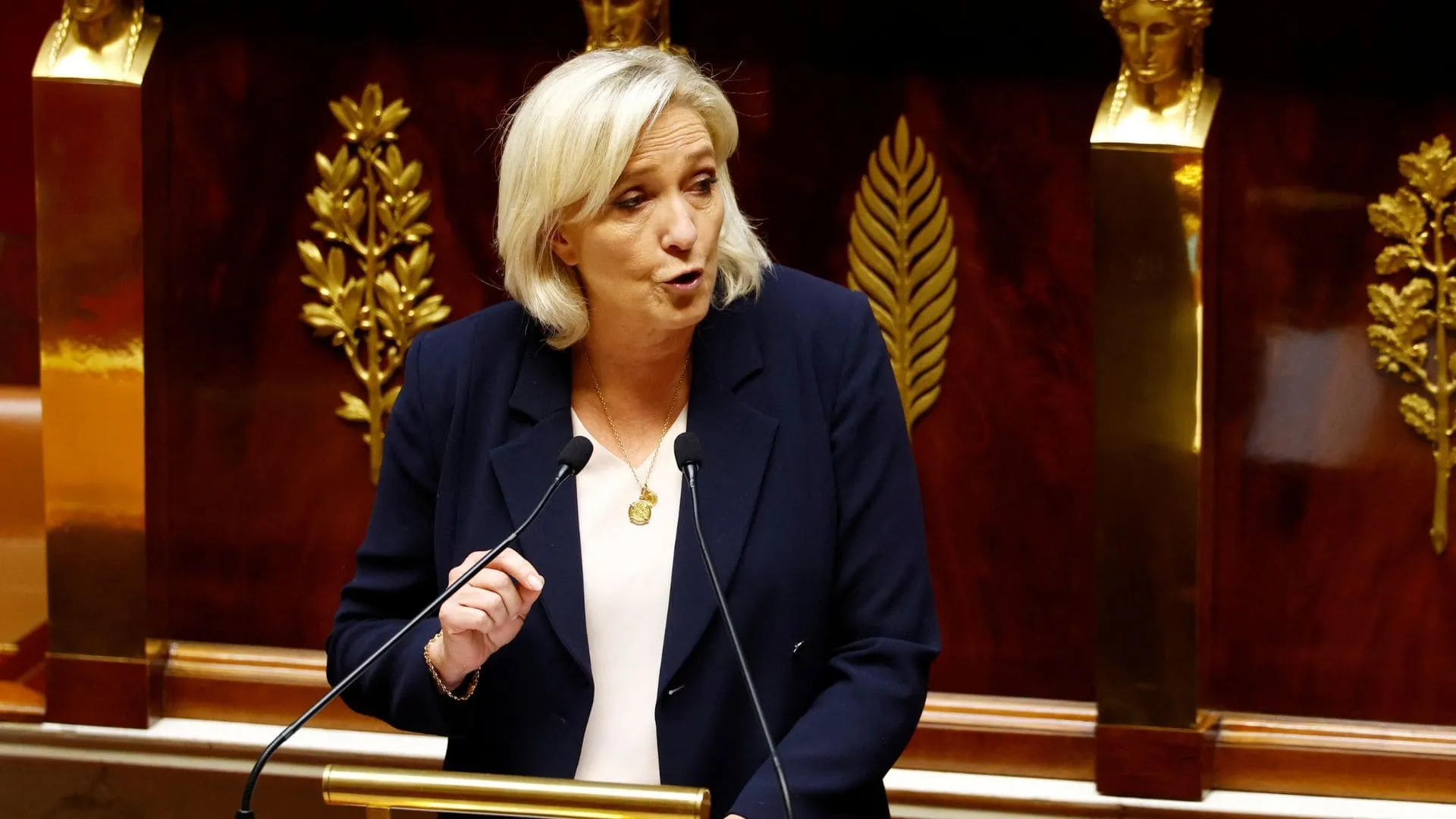The sleepy town of Bundi awoke with great anticipation on the morning of the Navsamvatsar. It was the 2nd of April 2022 coinciding with the first day of the Hindu month of Chaitra which heralds the New Year in North India. The beginning of the year 2079 of the Vikram Samvat, a year filled with hope and revival, especially so, after the two years of the pandemic. However for the people of Bundi it was the eagerness to participate in an ancient tradition of the anointment of the titular Maharao Raja of Bundi that excited them even more. Hoardings and posters announcing the Royal Event had sprung up all over the city. The last Maharao Ranjit Singh died childless in 2010. He left behind no heir to succeed him and as per tradition, the Gaddi must not remain vacant as the ancient lineage must continue, therefore after a wait of 12 long years it was finally decided by the members of the former nobility of Bundi including the late Maharao Brijraj Singh ji of Kota that Kr Vanshvardhan Singh of Kapren is the deserving candidate since he is the nephew and the closest surviving kin to the late Maharao Ranjit Singh and shares the same Royal bloodline, hence he should be anointed the titular Maharao Raja of Bundi.

Royal retainers tie turbans and gear up for the grand ceremony. The magnificent Taragah Fort and the Garh Palace dominate the skyline of Bundi town in south-eastern Rajasthan.
The magnificent Taragah Fort and the Garh Palace dominate the skyline of Bundi town in south-eastern Rajasthan. Vanshvardhan arrives for the Raj Tilak accompanied by royal retainers.
Vanshvardhan arrives for the Raj Tilak accompanied by royal retainers. Jagirdars or members from the former nobility of Bundi seated for the raj tilak ceremony.
Jagirdars or members from the former nobility of Bundi seated for the raj tilak ceremony. Puja and havan being conducted by royal priests
Puja and havan being conducted by royal priests
The former kingdom located in the South-Eastern part of Rajasthan was amongst the 22 princely states that comprised erstwhile Rajputana. A 17-Gun Salute state, Bundi was founded in 1242 AD by Rao Deva ji, a descendant of Rao Visaladev the Chauhan ruler of Ajmer who also happened to be the ancestor of the illustrious Prithviraj Chauhan. The Bundi Royals are the head of the Hada branch of the Chauhans and claim descent from the Agnikula or the Fire clan of Rajputs. Maharao Bhadhur Singh ji was the last ruler of Bundi and upon Independence signed the treaty of accession thereby formally merging the State of Bundi into the Union of India in 1949. Maharao Bhadhur Singh ji had been adopted by his predecessor Maharao Ishwari Singh ji, who did not have any issues, and thus in his lifetime adopted two sons, Bhadhur Singh ji and his brother Kesari Singh ji from one of the Jagirdar or Nobility family of Bundi. Maharao Vanshvardhan Singh is the grandson of Maharaj Kesari Singh ji, brother of the Late Maharao Bhadhur Singh ji. An alumnus of Daly College Indore, Vanshvardhan graduated from De Montfort University in Leicester UK. A keen cricketer he has also represented MP in the Junior National Shooting Championships.
The Garh Palace complex and below that, the Moti Mahal Palace complex were the primary venues for the splendid Raj Tilak Dastur. The Taragarh Fort and the sprawling Garh Palace complex pretty much dominate the skyline over the medieval town of Bundi. Built over 400 years by successive rulers of Bundi, a series of palaces, gardens, temples, fortified mansions and other magnificent structures exist within this astounding 500 meter high, hill side fortification that have each been named after the ruler who built them. However, the Forts, Piece de resistance is most definitely the stunning Chitrashala that boasts of some of the finest wall paintings and frescoes in Rajasthan. Executed by the ateliers of the Bundi School of miniature art, these exquisite paintings depict scenes from the life of Lord Krishna and his consort Radha, religious and military processions, Shikaar scenes, festivals and local folklore. The use of blue and green hues is predominant in most of these creations.
Customary rituals commenced right from daybreak and continued until sunset. Kr Vanshvardhan arrived with much fanfare from his Ishwari Niwas residence to the Mataji ka Chowk within the Moti Mahal complex. After the ceremonial bath and cleansing ceremony, Pujas, and Havan were performed by the raj purohits or the royal priests. This was followed by darshan, abhishek, and paying obeisance at the Royal Family deities at the Ashapura Mata and the Rangji temples. Meanwhile in the open courtyard of the Moti Mahal Palace the invitees to the Raj Tilak had already begun to assemble and were directed to their ordained seats. In the centre of the garden-courtyard, a large canopy was erected, below which the Royal Gaddi was placed. On the left of the canopy was a large area designated for the Jagirdars and members of the families of the former Nobility of Bundi, and important dignitaries from the town.Immediately flanking the two sides of the canopy were seats reserved for the visiting Royalty that included the Maharaja of Bikaner, Maharao of Sirohi, Raja of Khilchipur, Yuvaraj of Kutch and Raghogarh and then there were special seats for the Maharaja of Alwar and his son who are directly related to the Bundi royals. On the right of the canopy was a section that had been earmarked for the Kotah nobility, special guests, and family members. Directly facing the canopy at a little distance was the enclosure for the ladies who were attending the coronation ceremony. At the auspicious hour Vanshvardhan reached the venue accompanied by liveried attendants bearing the Royal Standard, the Insignia, the Chhatri and the fly-whisks. Once he had taken his seat, the Paag of the late Maharao Ranjit Singh ji was brought from the Rangnathji temple and placed over the head of Kr Vanshvardhan by HH Maharaja Jitendra Singh of Alwar. This was followed by the Raj Tilak Dastur that was performed by the royal priests. Once this ceremony was concluded it was time for the Nazar & Nazrana ceremony that was performed by the visiting Royalty and subsequently by all the members of the families of the former Jagridars of Kotah, followed by rest of the invitees and guests.
Post noon, the focus now shifted to the imposing Garh Palace where the next set of ceremonies were to be held. The traditional Darikhana, exclusively organised for the Bundi Jagirdars at the Diwaan-I-Khas within the Garh Palace precinct had been a major topic of discussion. The Darikhana, an age-old feudal practice is primarily a congregation of the nobility in the presence of the ruler and held on special occasions such as festivals, birthdays or coronation ceremonies. The nobility attending the Darikhana have to adhere to the strict dress code and are seated as per their hierarchy and pecking order. Vanshvardhan now climbed onto a bedecked horse and rode up to the fort followed by his retainers and others on foot. Resplendent in the customary brocade achkan and a safa adorned with an exquisite family heirloom—a stunning Sirpech or turban ornament, he took up his position on the marble throne at the Diwaan-I-Khas. On either side were seated members representing the 40 Jagirdar and Kotdiyat families that included Kapren, Junia, Antarda, Bada Kheda, Jajawar, Peepalda, Thikarda, Savantgarh, Indergarh, Balwan, and Khatolia mongst others. As per the protocol, all the Jagirdars then performed the Nazar & Nazrana; simply a social gesture to acknowledge the anointment of the new titular Maharao Raja of Bundi and reposing their loyalty and allegiance to him.
Last but not the least it was time for the stately elephant procession that now began to wind its way through the old town of Bundi. The new ‘Maharao Raja’ mounted atop the beautifully caparisoned elephant, steadily navigated the 3 km long route that was overwhelmingly greeted by the enthusiastic townsfolk. Post sunset and amidst chants of ‘Long Live the Maharao Raja of Bundi’, the procession finally culminated at Ishwari Niwas thus putting at rest the uncertainty and the speculation that had prevailed for the past 12 years and further ensuring the continuity of the 780-year-old legacy of the Hada rulers of Bundi.

